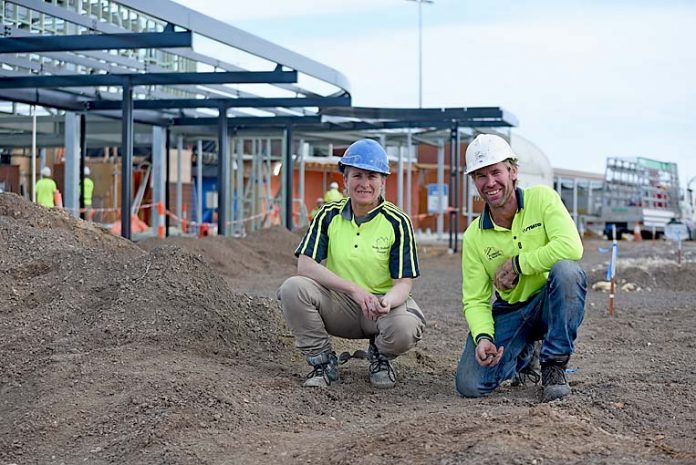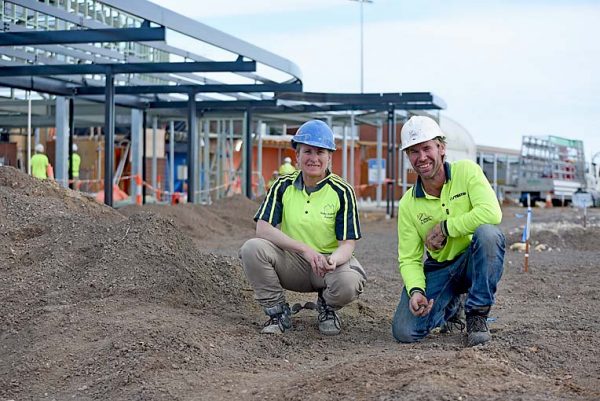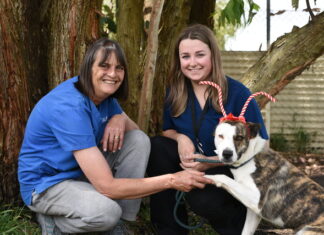

GRANT District Council has identified a cluster of shovel-ready infrastructure projects for potential funding opportunities in a bid to stimulate the economy.
This comes as state and federal governments foreshadow rolling out stimulus funding to help communities recover from the devastating coronavirus economic crisis.
Grant council has a number of potential stimulus projects on its radar, including the installation of a roof at the Mount Gambier and District Saleyards.
This project has an estimated cost of $3.2m according to council papers.
Overall, council has identified more than $6.6m in potential stimulus projects.
Grant District Major Richard Sage said elected members endorsed the allocation of $500,000 this week to seek co-funding for selected projects.
He said council wanted to tap into funding avenues to stimulate the economy, generate jobs and create long lasting benefits for the community.
While the project list was not set in stone, Mr Sage said the installation of a roof at the Glenburnie livestock selling centre was a priority.
“It is important to modernise the saleyards and ensure livestock are sheltered from the rain or sun,” Mr Sage said.
“We are looking how we can progress these projects, but it is an evolving list. We will need to meet the expectations of funding bodies.”
Mr Sage said he was buoyed money was expected to flow from government coffers to stimulate the economy.
But he said it was vital this money was spread across the nation and was not just heavily focused in metropolitan centres.
Council chief executive officer Darryl Whicker said stimulus funding for projects would create both direct and indirect employment and generate long term benefits for those communities.
“To take advantage of any government stimulus funding, it is important council has projects that are investment or shovel-ready and fully scoped with design concepts, cost estimates and support documentation,” Mr Whicker said.
He said this work would include the preparation of business cases or feasibility studies so competitive funding application could be submitted within the defined timeframe.
Council had prepared a list of suggested projects for “consideration and endorsement” by council.
He said a formal resolution was required before council could apply for funding more than $50,000, which was not in the annual budget.
“Any grant funding applications that exceed this limit needs to have a business case prepared to justify council’s decision to proceed with the application,'” the council chief said.
“Council is confident these projects, if successful, can immediately be funded in terms of using our cash advance debenture (overdraft), a subsequent decision to take out longer term borrowings can be made after the overall success of stimulus applications is known and/or depending on the nature of each project.”
Council has developed a long-term financial management plan and a number of master blueprints identifying capital projects to be developed and implemented when funding is available.
While council has been successful in obtaining both state and federal government funding to implement some of these projects, many remain to be completed.





